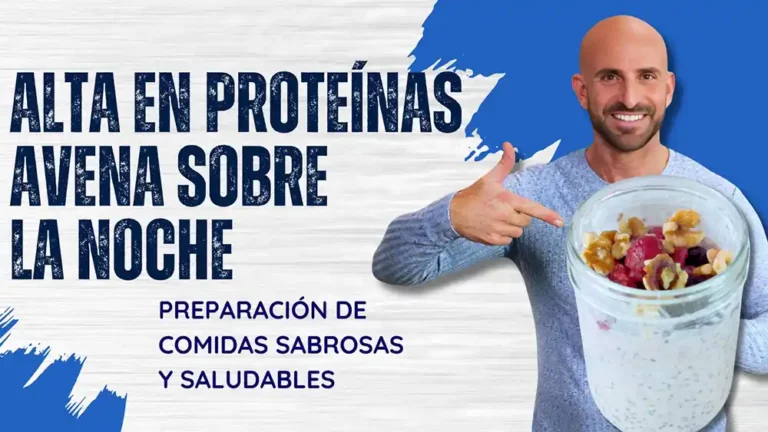Mangoes. For some, it brings nostalgia from a time of the first taste of the delectable and addictive sweet fruit. The best part is that mangos offer so much more than just their taste, delivering a nutritional profile that is sure to bring it into the world spotlight. Here are five things you probably didn’t know about mangos.
One, mangos are one of the most popular fruits in the world. First grown in India over 5,000 years ago, mangos have traveled along to Asia, the Middle East, East Africa and eventually into South and Central America. In fact, legends say that Buddha himself meditated under a mango tree. To this day, India grows and consumes more mangos than any other country on earth. In Mexico, like most Latin American countries, mangos are enjoyed on a stick or with salt and lime juice as a popular snack. Here in the United States, we have grown to embrace mangos in many different forms, incorporating them in smoothies, salsas, marinades, and much more. The majority of mangos that you find here come from Mexico, Ecuador, Peru, Brazil, Guatemala, Haiti, Nicaragua and locally grown from California, Florida and Puerto Rico.
Two, mangos are an anti-inflammatory superfood. Mangoes contain over 20 different vitamins, minerals and is a good source of antioxidants and phytonutrient polyphenols. In just one cup serving, mangos provide you with 35% of vitamin A and 100% of your daily requirement of vitamin C. The phytonutrient polyphenols found in mangos have been shown, through research, to have anticarcinogenic and anti-inflammatory effects in both cancer and non-cancer cells.
Three, mangos are a gut healthy fruit. High fat diets and processed foods have been shown to trigger bad bacteria to grow and multiply in our gut. These kinds of diets also allow for chronic constipation and other gastrointestinal conditions to proliferate. However, studies show that eating mangoes helps maintain and regulate gut health and increase levels of good bacteria, also known as probiotics. The fibers found in mangos have been proven to increase regularity and decrease inflammation.
Four, mangos are a diabetes friendly fruit. Fruits that are sweet, such as pineapples, bananas, and mangos, are often thought to spike glucose levels. This can present a problem to many people, especially those suffering from chronic conditions such as diabetes. Even though mangoes are sweet, they have a low glycemic index of 50, making it a diabetic safe food. Studies have also found that regular consumption of mangos can reduce the blood glucose in both men and women. In addition to reduced blood sugar, consumption of mangos has shown to aid in the reduction of waist size.
Five, mangos are great for fueling exercise. Being in the middle of the summer months, many are being more active by going to the gym, going for a run or just enjoying the outdoors. Whatever your activity, you must fuel yourself properly so that you have enough energy to last throughout the day. I think mangos are a perfect addition to add to your diet as I consider them to be a quick digesting carbohydrate with 25 grams per 1 cup serving. This is perfect for an immediate, rapid boost in energy that your body needs. I like to eat mangos as is, but you can also add them to shakes or eat them with yogurt before your workouts.





